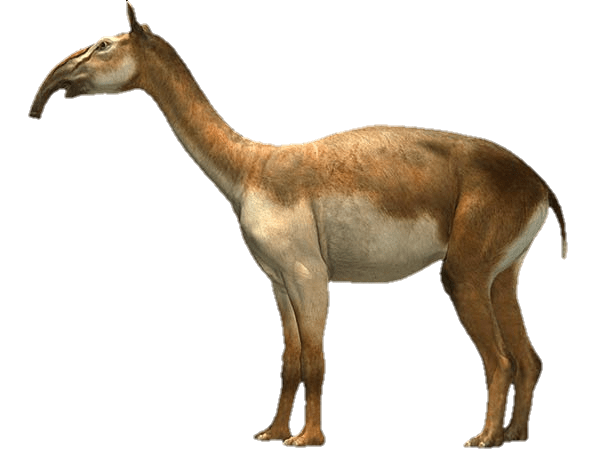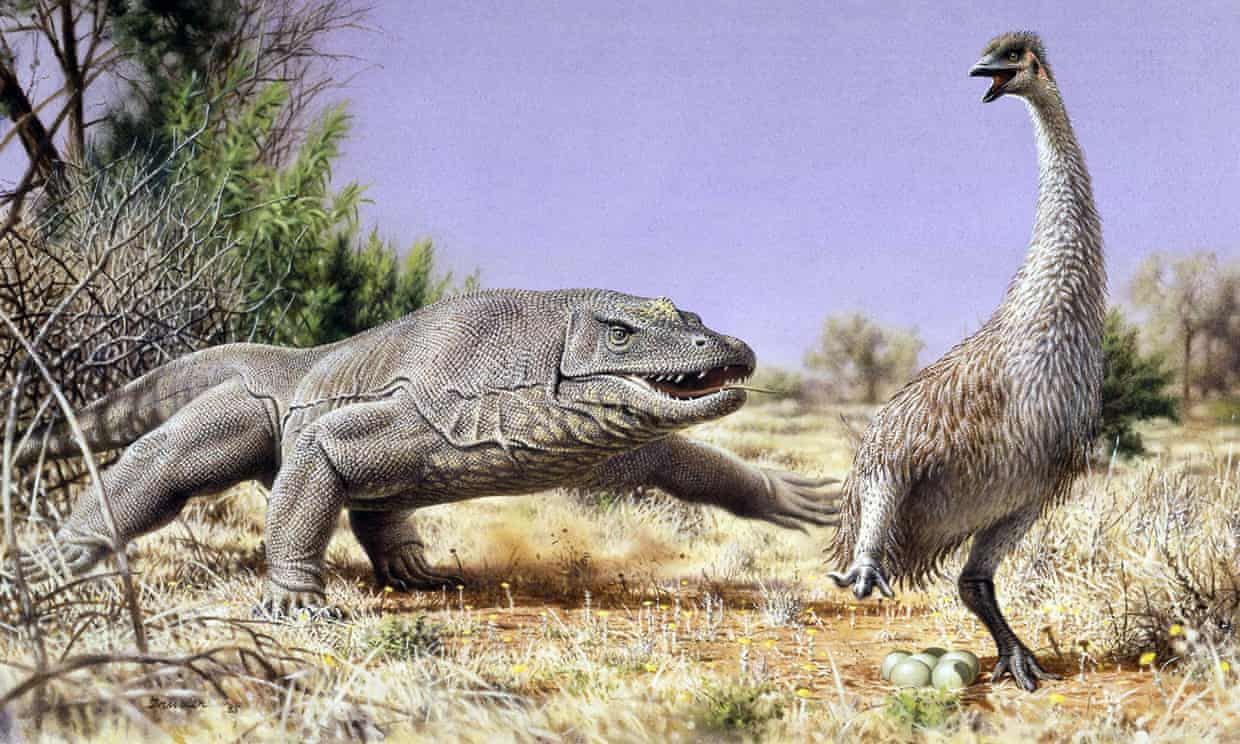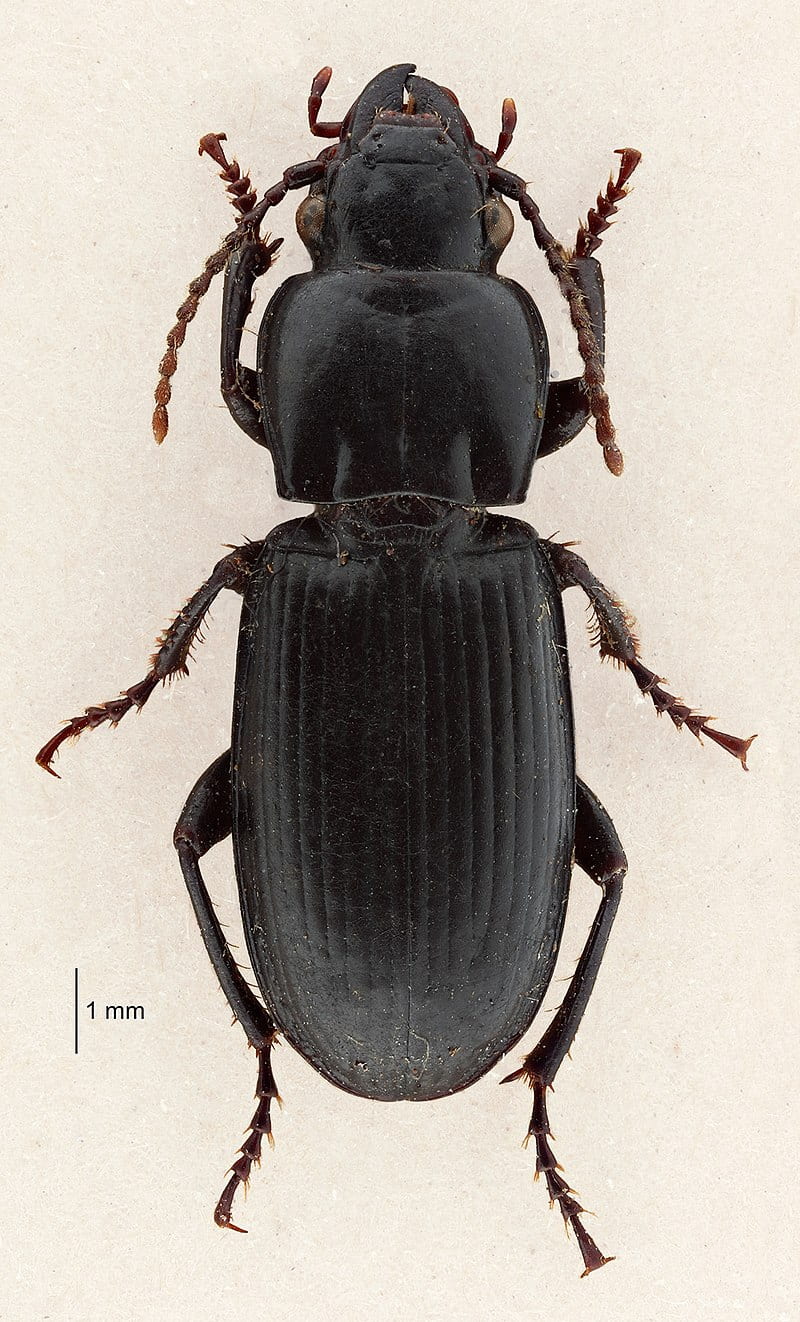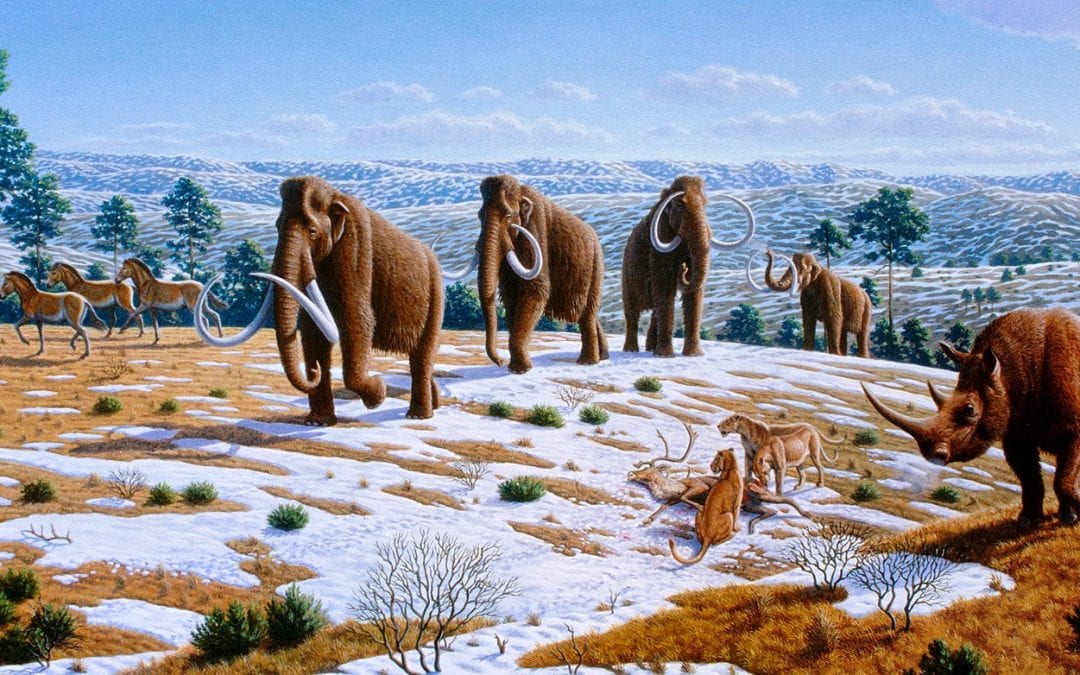By Nic Rawlence
Conservation comes down to values. Do we only focus on the charismatic animals and the things we can see, or do we conserve the out-of-sight, out-of-mind Lilliputs? If that world collapses, you can be sure ours is next.
I’m standing in the basement of our National Museum Te Papa Tongarewa surrounded by the ghostly remains of New Zealand’s bygone bird fauna.
Around me are row upon row of subfossil bones of giant moa to tiny wrens. Vividly preserved bird skins stare at me with vacant eyes as if awaiting word to stand up as sentinels to the currently unfolding biodiversity crisis, like those in Bill Hammond’s famous birdman paintings.
Walk into any museum worldwide and you will meet other ambassadors of the extinction club. Some are well known like the woolly mammoth or the dire wolf of Game of Thrones fame. Others you probably have not been introduced to such as the Balearic Islands cave goat or the South American Macrauchenia – an enigmatic mammal that looks like it escaped from the set of Star Wars.

“A long time ago in a galaxy, far, far away: The South American Macrauchenia is just one of the enigmatic South American megafauna that went extinct around 12,000 years ago”
What all these animals have in common is that they have been unceremoniously booted off this mortal coil into extinction during a biodiversity crisis that started around 50,000 years ago…and is only getting worse.
The causes of these widespread biodiversity losses, referred to as the Late Quaternary extinctions, is one of the biggest questions facing humanity. To be or not to be? Were the extinctions caused by climate change or human impact?
There are commonly said to have been five mass extinction events in geological history, the most recent of those being the Cretaceous-Paleogene extinction event that killed off the non-avian dinosaurs, and gave rise to the age of mammals. Mass extinctions are defined as the loss of at least three-quarters of all species on earth in a short space of geological time. The causes of these extinction events are often controversial. Was it a meteor or volcanism that caused the demise of the dinosaurs, or something more outlandish?
The extinctions over the past 50,000 years are no less controversial and have resulted in very heated debates between archaeologists and palaeontologists at conferences. The extinctions occurred worldwide across a large swathe of biodiversity from birds to mammals and reptiles, regardless of size. As to their causes, climate change and human impact, or a combination of the two, are the main suspects, but there are some far-fetched theories too: hyper-disease, comet impact, and a partial collapse of earth’s magnetic poles (see John Hawk’s Twitter feed for a wonderful critique of this theory). The trouble for the jury is that faunal extinctions often occur during periods of major climatic change just as humans also arrive on the scene, so it’s difficult to completely decouple these.
Fossil and ancient DNA data are repeatedly showing that, for the majority of prehistoric ecosystems, rather than a single factor causing faunal extinctions, biodiversity on the whole had individualistic responses to climate change and human impact. No One Ring to rule them all here.
In Europe, cave bears went extinct around 27,000 years ago as they were pushed into ice-free refugia and outcompeted by pesky humans wanting prime cave real estate. Meanwhile, in the Americas, the extinctions occurred around 12,000 years ago at the end of the last Ice Age when the climate warmed and humans discovered the New World. While plant communities may have recovered, faunal communities did not. Goodbye horses, saber-tooth cats, and giant short-faced bears that made the three bears in Goldilocks look comparatively tame. In contrast, large-scale environmental changes in Southeast Asia seem to have driven extinctions.
The Australians, always up for a good fight, have decided the jury is still out as to what sealed the fate of their demon ducks of doom, land crocodiles, and giant kangaroos. Frankly, there is just not enough evidence yet – the Australian record has yet to be dated extensively enough. Within the past few years, researchers have suggested the extinctions were due to human impact, while others have suggested regional increases in aridity and environmental change, to a combination of climatic and human causes.

“I come from the land down under: Australia’s evolutionary experiment resulted in a unique ecosystem ruled by titans such as the giant monitor lizard Megalania that snacked on feathered Genyornis. Artwork by Peter Trusler.”
The exception to these lively debates seems to be island faunas. Whenever modern humans arrive in pristine island paradises at times of climatic stability, overhunting, habitat destruction and the introduction of mammalian predators have sent these ecosystems into an extinction vortex (cf. the pigmy Wrangel Island mammoths that went extinct around 4,000 years ago in the absence of humans due to low population numbers, inbreeding, and genomic meltdown, like a DNA snowman melting in the sun). In the case of New Zealand, while we know Polynesians caused the extinction of nine species of moa, we don’t know specifically how they did it – no archaeological toolkit for moa hunting has been found.
But it’s the rapidly accelerating extinctions, up to 10,000 times the background rate, that have been occurring since the Industrial Revolution that are truly concerning. There is no debate here. The jury has ruled and we are the cause. Whether the extinctions are due to rapid large-scale environmental modifications, the worldwide spread of mammalian predators (e.g. rats) and other invasive species, or runaway climate change, it’s all on us. The current extinction crisis may not have reached the height of the big five, but it’s certainly on track if nothing is done to stop it.
The majority of people’s attention has focused on animals and invasive pests we can see. There is a whole Lilliput world out there of the comparatively invisible and mostly ignored critters that we need to think about too. Invasive snails and parasites for example that the general public is not aware of. The endemic Christmas Island rat went extinct due to a parasite that came ashore with introduced rats. The New Zealand mud snail has spread throughout most of the world through shipping, and regularly outcompetes other snails in their native habitats. Closer to home, recent land-use changes have all but sealed the fate of the critically endangered Eyrewell beetle.

“The price is right…or is it? Is the potential extinction of the Eyrewell beetle too high a price to pay for making a quick buck?”
So how do we stop this rapidly accelerating biodiversity crisis? Hate to break it to you but de-extinction is not the answer. While cloning may help to save endangered species – like the black-footed ferret in the US – there are potentially insurmountable obstacles to using such technology to bring back extinct species like the New Zealand moa (not to mention a host of ethical quandaries). We shouldn’t let promises of future technology – which may ultimately be built on sand – assuage our collective guilt and lull us into apathy about ongoing biodiversity decline in the here-and-now. Once species disappear, it’s very likely they’re gone for good.
Conservation comes down to values. Do we only focus on the charismatic animals and the things we can see, or do we conserve the out-of-sight, out-of-mind Lilliputs? If that world collapses, you can be sure ours is next. How can you even quantify the scale of the problem when taxonomy, the science of naming things, is critically underfunded and there is so much biodiversity still to be named. With conservation funding for charismatic animals like the hoiho yellow-eyed penguin being cut, what hope is there for less charismatic fauna? It has been hard enough to convince some politicians about the importance of conservation management of the endangered and in my opinion majestically charismatic Otago shag at Oamaru’s Sumpter Wharf when there are misguided views that shags are stinky seabirds that pollute harbours and destroy the local fishing industry. The conflict between short-term political gain and long-term funding for conservation initiatives needs to be resolved.
Predator Free 2050 is a good start. This initiative focuses on stoats, possums, and rats, yet ignores mice (currently in the too hard basket), game species (valued by hunters and anglers), and other predators such as cats (strong social opposition). While it is good to focus on some of our iconic terrestrial bird species, our seabirds, lizards, marine mammals, and invertebrates matter too. Likewise, will there be a level of extinction we have to live with as it’s too difficult to stop for some animals? New Zealand is good at exporting its conservation expertise around the world. If we can get it right here, there is hope for the rest of planet Earth. Advances in technology such as new genetic tools, toxins, odour deterrents, and smart traps, combined with community-wide engagement might help achieve this goal.
Back in the collections at Te Papa, I’m standing in front of the extinction cabinet filled with the mounted specimens of New Zealand’s recently extinct birds like the laughing owl and huia. While these sentinels have captured the public imagination, I don’t think we need any more added to this exclusive club, do you?
Nic Rawlence is the Director of the Otago Palaeogenetics Laboratory and a Senior Lecturer in Ancient DNA in the Department of Zoology at the University of Otago.
Disclaimer: The ideas expressed in this article reflect the author’s views and not necessarily the views of The Big Q.
You might also like:
Are we equipped to protect our ecosystems in an age of global species extinction?

